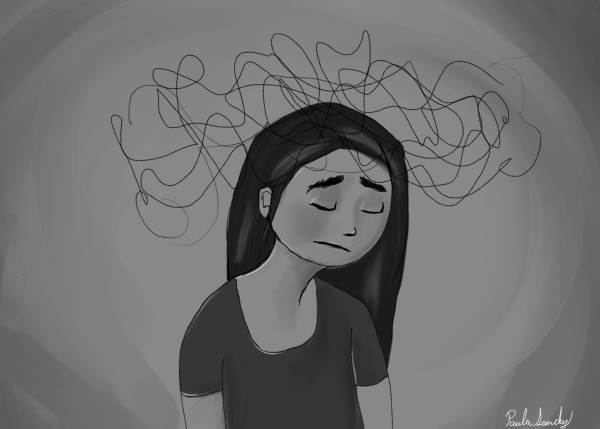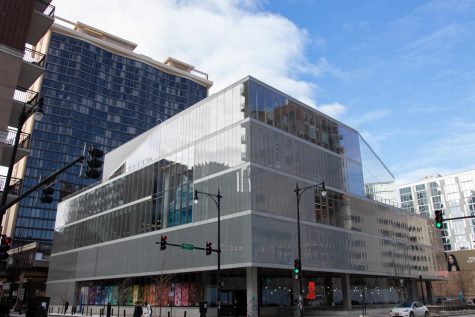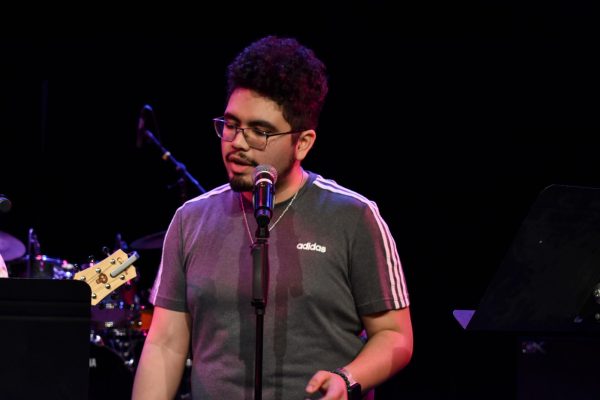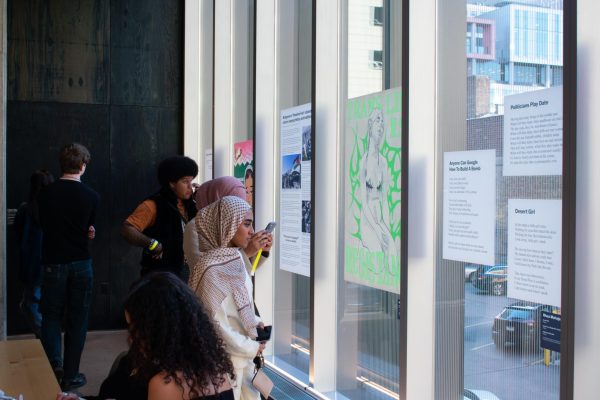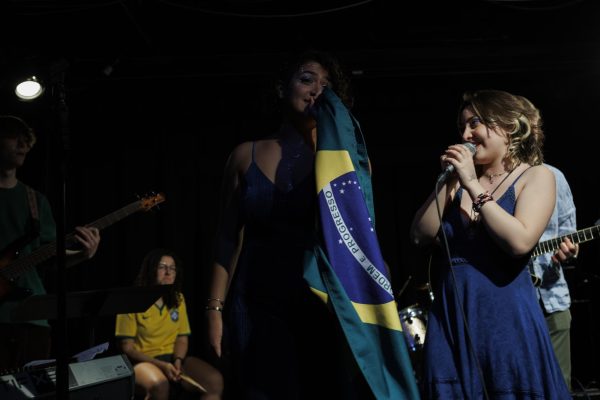A Guide to Getting Around Columbia
October 12, 1998
Steve Stanis
Staff Writer
Your friends all went to stereotypical colleges and universities or the colleges with football teams, frat parties, student unions, and a college-town. They wonder why you went to a school that has scattered buildings and no traditional campus. This is how Columbia differs from other colleges.
Instead of having a centralized campus composed of all the school’s academic buildings, Columbia has the city of Chicago as its campus. Columbia’s main “campus” is composed of the blocks surrounding the 600 S. Michigan building. This can be overwhelming to a newcomer, but with a little help and a little exploring Columbia can quickly become a second home to it’s students.
Parking in the city is no easy task, especially under $5. People who have found such prized spots are hesitant to tell where they are, and often have sore feet from the walk between school and their cars. Most of the parking garages within a few blocks of the main building offer student rates.
Although you may spend $7-9 you won’t have to leave a half-hour early to make it to class on time. Some parking garages, including Harrison Garage on Wabash, offer after 4 p.m. rates. These are flat fees from 4 p.m. to 12 a.m. from $5 to $6. If the are too expensive, there are always meters. Meters become more of a hassle, though, if you are on campus for any length of time. Not only do you have to find one, but you must also continually feed it.
Education is why students come to Columbia. To get the most out of your education you must be able to utilize all of the college’s resources. Some of the most used resources on campus are the computer labs, located in the main building in room 207 and the Wabash building in rooms 401, 403, and 410. There are also computer labs scattered throughout different departments for use by the students of that department. These labs are the best choice for your computer work.
In the main labs print cards are required to print anything and can be obtained from the cashier’s office in the main building. The departmental computer labs sometimes require a separate print card that can also be obtained through the cashier’s office. The hours for the computer labs vary.
Columbia’s library may not always be enough for the research you need to do. There’s no need to panic because down the block at State and Congress is the Harold Washington Library. This library contains anything you may need and it is open until 7 p.m. during the week. Now that your homework is done you’ll want to eat. First there are the on-campus eateries.
For fine cafeteria food, the Underground Cafe is the place to go. Unfortunately, the Underground is closed because of the sidewalk construction on Michigan Ave. The Hokin Annex, located in the 623 S. Wabash building, is great for a cup of coffee and a light lunch. Outside the buildings, fast-food is king. For cheap and greasy (yet somehow tasty) hot dogs, Chicago Carry-Out on Wabash is a student’s best bet. Down the block, Little Louie’s offers a similar menu but not quite the same atmosphere.
At Wabash and Jackson, all the major fast food chains are represented. McDonald’s, Arby’s, Burger King, Subway, and Fast Foo’s Chinese are all piled on top of each other. A little closer to campus on Congress there is another Burger King and Subway, along with a Taco Bell. A college student’s stomach can be filled easily.
There are also several cheap sit-down restaurants in the area. The Harrison Snack Shop is popular with Columbia students. It is reasonably priced with a diner/truckstop atmosphere. On Michigan Ave. you’ll find the Artist’s Cafe, which offers an 8 a.m. breakfast and outdoor seating during the warmer months. A little further up Michigan is Bennigan’s. They have half-hour lunch specials and a large menu to choose from.
If your schedule has a two hour gap, you may have time to kill, and you might not know what to do. Having Chicago as our campus allows students to be within walking distance of theaters, the Art Institute, and the Museum Campus. No cash? No problem: On Tuesdays both the Adler Planetarium and the Art Institute are free. Wednesday you can find yourself at the Field Museum of Natural History for free. Then on Thursday, admission to the Shedd Aquarium is free ($6 for admission to both the Aquarium and Oceanarium). The museums also offer student rates during the rest of the week with a valid ID.
Having the city of Chicago as a campus is filled with benefits. The best way to find them is to talk to your fellow students and walk around. With a little exploration you’ll be able to find the best food, the best parking, and everything else you need to survive college. Go out there, explore, experience, and have fun.


